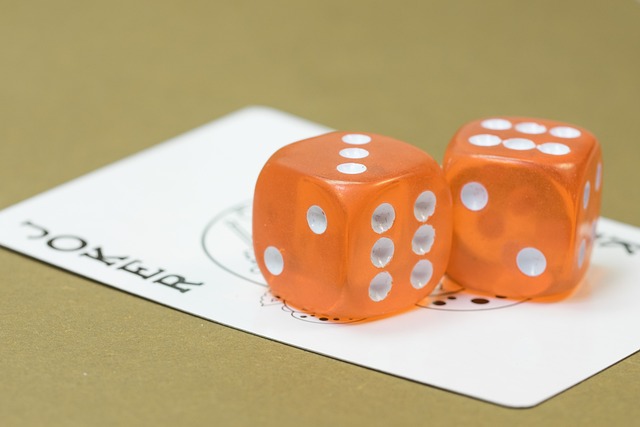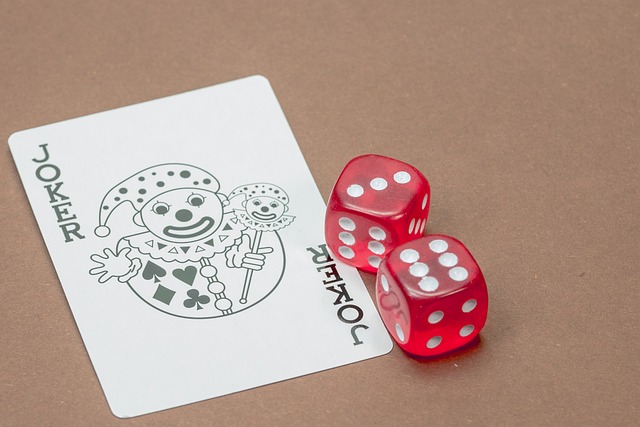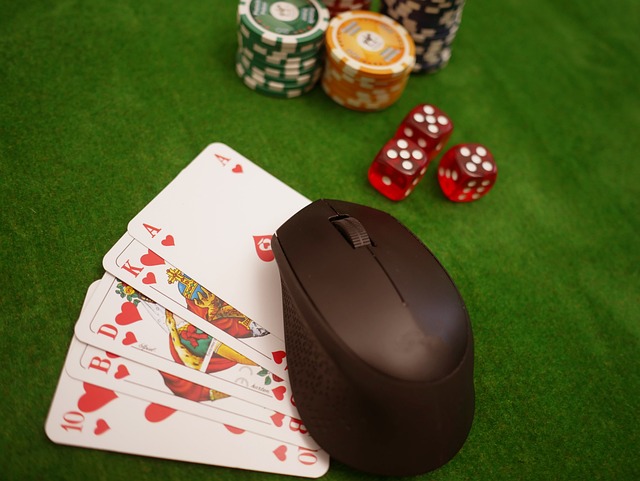You don’t see this often, but it does happen. While most poker players would say they would never lay pocket aces before the flop, is that correct? Let’s look at a few different scenarios.
Cash Game Aces:
Well, in cash games, there is certainly no situation where you deal aces pre-flop. Even if 3,4 or more players see the flop, you still have an advantage with aces. Against 4 players with any hand, the equity (winning frequency) of aces is still almost 53% (against 1 player: 85%) and therefore folding is always wrong here. However, you must keep in mind that playing with aces (or KK, QQ, JJ) against 3 or 4 opponents is not an ideal scenario. You should always try to reduce the number of opponents with these hands by raising aggressively or even going all-in.
Tournament aces:
Here the situation is different. Why? Well, in cash games every dollar you win is worth exactly one dollar, whereas in tournaments the value of the chips you can win depends largely on the situation. If you already have a large stack of, say, 90 big blinds, winning another 10 big blinds will not affect your chances of winning. Mathematically speaking, the more you have, the less value extra chips have.
Additionally, there are situations where surviving the tournament is simply more important to you than earning chips. This is especially true in bubble situations and when you are already in the money, surviving while other players are busted means securing significantly higher cash prizes.
Here are some typical scenarios where folding axles can be useful:
Scenario 1:

You are in a $100 buy-in tournament with 500 entrants. There are 52 players left in the tournament and $250 for 50th place. You are in the big blind and have 20 big blinds. The UTG player goes all-in for 15BB, two players ahead of you (both with about 25BB) call.
The situation is now that you have the best hand before the flop, but due to the opponents’ stacks, none of the players have a chance to fold. This means that after the flop you are playing against three opponents and the hand will most likely be played for all your chips. At the same time, there is a great chance that the bubble will burst and you will win money if you fold after this hand.
The question here is whether you want to risk your life in the tournament with a hand that is not ideal for AA due to the large number of players on the flop. Of course, it would be great to earn at least 45BB. It just depends on whether your goal is to win the tournament or whether you would be happy with a minimum amount of money (with the possibility of coming back after the bubble).
Scenario 2:
Same as above, but this time you are entering a tournament with a buy-in of $3,000 and you won your ticket by entering a satellite tournament worth $50. Entering in the money means winning $5,000. His total bankroll before the satellite was $500.
If you come into money, you can multiply your balance tenfold, perhaps a crucial step in your planning. Do you really want to risk all that on one site?
Scenario 3:

You are at the final table of a $1,500 buy-in tournament with 6 players remaining. You have a 30BB stack in the big blind, 6th place pays $9,000, 5th place pays $14,000, and 4th place pays $19,000. UTG player (5BB) moves all-in, UTG+1 with 6BB folds, clip player with 50BB raises to 15BB, everyone else folds.
The question to ask yourself here is: UTG is likely to go all-in with a wide range of hands, the big stack probably has a strong hand. There is a high chance that the first short stack will get busted. The second short stack will reach the blinds shortly after and could even be eliminated.
If you fold, you can go from $9,000 to $19,000 with a high probability, so folding would clearly make sense here, especially since your 30 BB stack is still perfectly playable (the big stack is 56.5 BB if it wins the current hand). You still have a very good chance of winning the tournament if you fold, but a knockout would cost you $10,000.
Scenario 4:
Same as above, but you only have 15 big blinds. Here your stack size makes the difference. If you win the hand, your stack increases from 15 to 35.5 BB; this is a significant improvement over 15 BB. With 15BB you will soon find yourself in a situation where you have to bet (at the latest at the next blind raise); with 35.5 BB you are again playing for the top spots. In this scenario, folding with aces would be a clear mistake.
I hope these examples simply illustrate that the value of the chips won is not always the same – it depends on the situation and the consequences of the loss!
